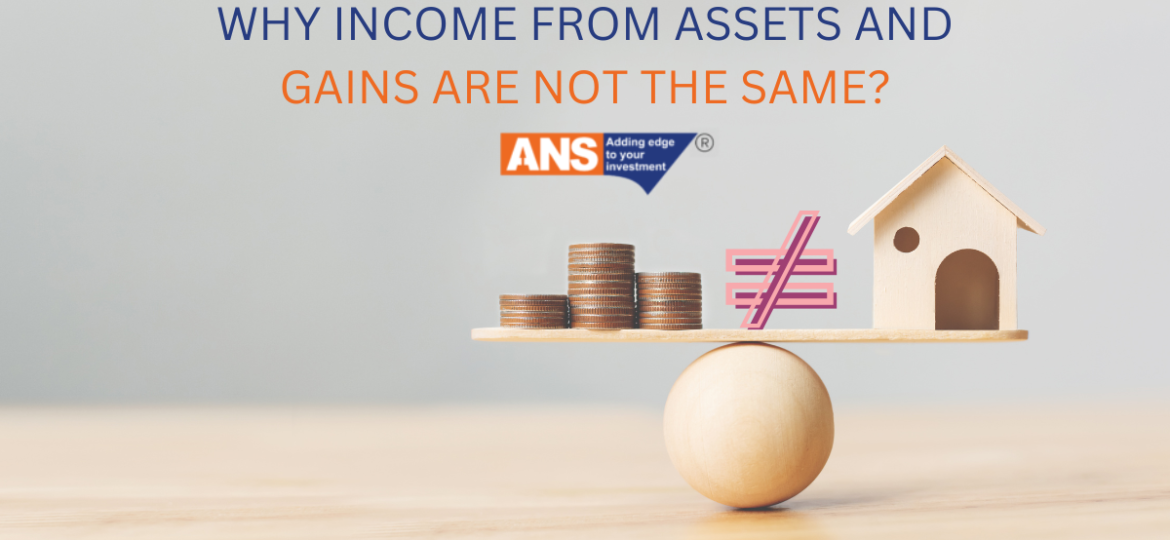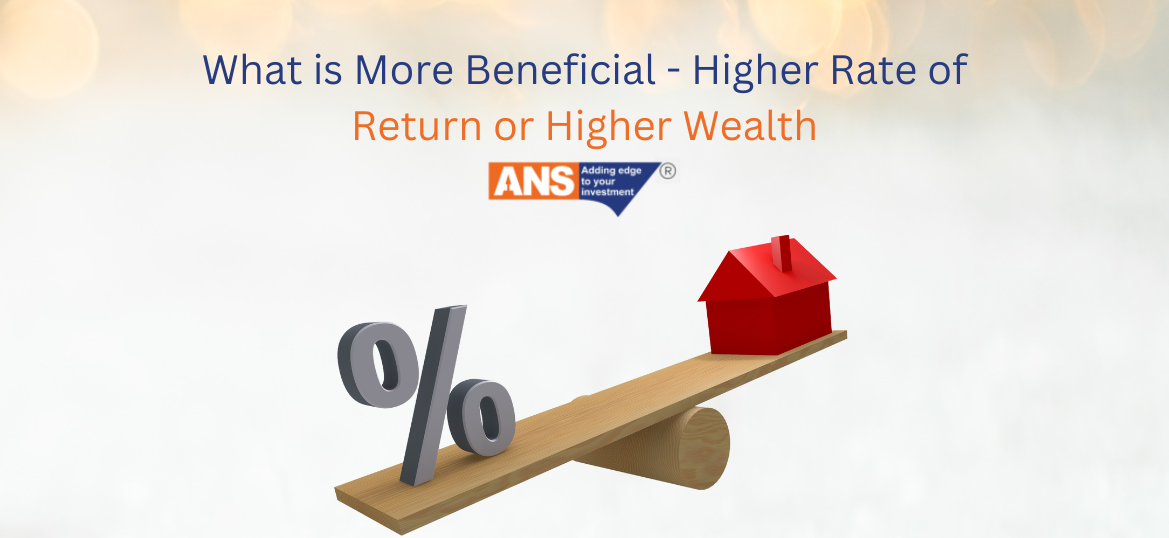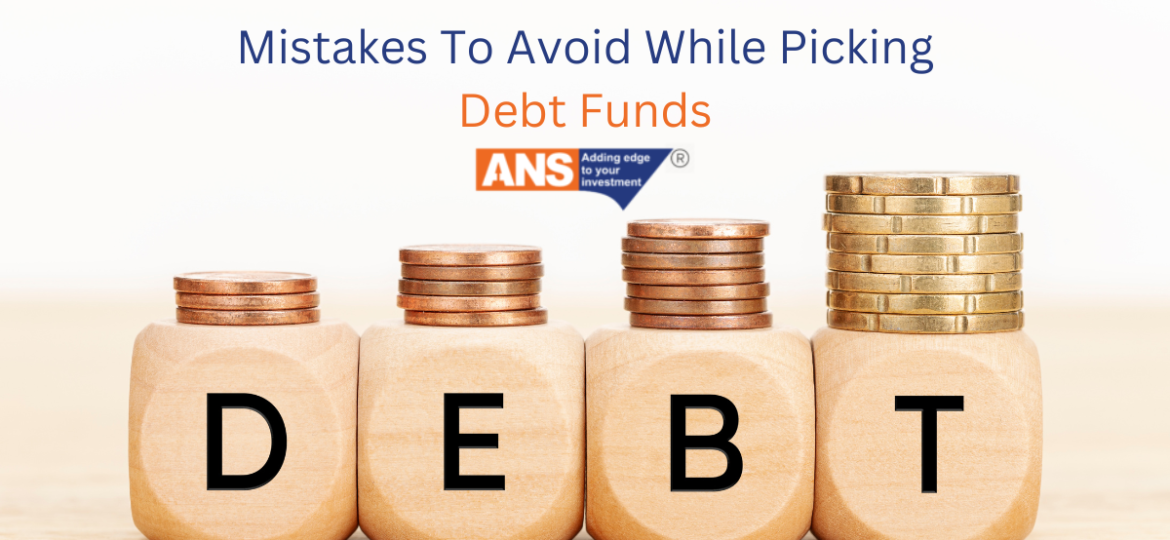- “Investments are subject to market risks”. You may have heard these tons of times but, still, investment has become one of the best ways to raise a fortune over the long term.
- Whilst investing your time, money & effort in a financial asset, have a clear picture that the return you are planning to regenerate, Is it in the form of income or gain?
What is an asset?
The asset is a resource that holds a monetary value owned by an individual or an organization and is expected to provide benefits soon. Stocks, bonds, real estate, mutual funds, commodities, and cash all come under the category of assets.
We invest in assets with the hope of growth in value & acquiring some returns. The return generated can be classified into two forms-
- Asset with income
- Asset with gain
A financial asset with income-
You can’t rely on a single source of income to enjoy financial freedom when you can have multiple steady streams of income with a variety of diversified investment units. One among which includes the income-generating assets that have the potential to generate consistent cash flow, and return on investment over time and act as passive income.
The risks of generating income become comparatively low when you know the exact income you are going to get in return and that too within a certain period. The income here is specified as interest which is a percentage of the amount you invest.
The only drawback with such assets is that the income raised through interest may fall short in times of high inflation in the economy.
Below is the list of a few income-generating assets:
- Real estate
Real estate is a popular option for income-generating assets. Investors who purchase and hold property have the opportunity to earn profit from recurring rental income, along with potential gains when the property is sold.
- Dividend stocks
Investment in dividend stock is a way to build an income source that a company distributes as a part of the earnings to investors/shareholders regularly, such as quarterly.
Some companies that have a multiyear history of increasing dividend payouts to shareholders include 3M, health-care company AbbVie Inc., The Coca-Cola Company, and PepsiCo Inc. Dividend rates may vary from company to company.
- Bonds
Instead of buying an ownership stake in a company, bonds are a way to lend money/loans to companies as well as governments and collect interest income.
Compared to stocks, bonds have a smaller rate of interest in return but are considered to be a more stable & safer investment as they hold lesser risk.
- Savings accounts
Savings accounts are another option to earn passive income for investors. Although the interest rates vary, they are ideal for growing your emergency fund.
Funds invested in a savings account are very liquid because they can be withdrawn at any time.
- Certificates of Deposit
Certificates of deposit (CDs) are additionally low-risk options and provide slightly higher interest rates than savings accounts.
If you’re trying to grow your money for a specific purpose and that too in a predetermined period, this can serve as a good option for you.
They are like other savings accounts but just come up with longer-term commitments, i.e., from 3 months to 5 years or more, and if you take out money before the term ends then you can be charged with an early withdrawal penalty.
Asset with gain
When there is an increase in the original value of an asset you carry, then the condition of gain occurs.
In simpler words, when you sell an asset at a higher price than the original purchase price, then a profit is realized and is referred to as a gain.
These gains are classified further in form of-
- Short-term gain – the asset you sell after holding on for a year or less
- Long-term gain – the asset you sell after holding them for more than a year
Capital gains apply to any type of asset you own, including investments and those purchased for personal use (stock, bond, real estate, gold, or commodities).
Both short- and long-term gains must be claimed for your annual tax return.
For Example- Suppose an investor purchases 50 shares of stock in company XYZ at $20 per share. Therefore, the capital expenditure here is 50*20, or $1000.
As the market grows, the value of the shares increases to $40, making the investment worth $2000. ($40* 50 = $2000). In this position, if the investor sells the share his capital gain would be equal to $1000 ($2000- $1000= $1000).
As assets with only gain have a volatile nature & are proven to be non-linear in the short run, the prices of the assets you carry vary depending upon the market situation & economy.
Takeaway-
It is crucial to understand the benefits associated with different investment schemes as all of them are designed keeping in mind the needs and requirements of different investor types.
Make sure your money and property work for you by turning them into income-producing assets.
These investments help you reach financial security & independence if used wisely and you don’t have to be dependent on one source of income entirely.



